Copyright 2013 Houghton Mifflin Harcourt Publishing Company
All rights reserved
www.hmhbooks.com
cliffsnotes.com
No part of this work may be reproduced or transmitted in any form or by any means, electronic or mechanical, including photocopying and recording, or by any information sotrage or retrieval system without the prior written permission of Houghton Mifflin Harcourt Publishing Company unless such copying is expressly permitted by federal copyright law. Address inquiries to Permissions, Houghton Mifflin Harcourt Publishing Company, 215 Park Avenue South, New York, New York 10003.
The publisher and the author make no representations or warranties with respect to the accuracy or completeness of the contents of this work and specifically disclaim all warranties, including without limitation warranties of fitness for a particular purpose. No warranty may be created or extended by sales or promotional materials. The advice and strategies contained herein may not be suitable for every situation. This work is sold with the understanding that the publisher is not engaged in rendering legal, accounting, or other professional services. If professional assistance is required, the services of a competent professional person should be sought. Neither the publisher nor the author shall be liable for damages arising here from. The fact that an organization or Website is referred to in this work as a citation and/or a potential source of further information does not mean that the author or the publisher endorses the information the organization or Website may provide or recommendations it may make. Further, readers should be aware that Internet Websites listed in this work may have changed or disappeared between when this work was written and when it is read.
Trademarks: CliffsNotes, the CliffsNotes logo, Cliffs, cliffsnotes.com, and all related trademarks, logos, and trade dress are trademarks or registered trademarks of Houghton Mifflin Harcourt Publishing Company. All other trademarks are the property of their respective owners. Houghton is not associated with any product or vendor mentioned in this book.
The Library of Congress has cataloged the print edition as follows:
Jacobson, Ph.D., Karin.
CliffsNotes Jane Eyre / Karin
Jacobson, Ph.D.
p. cm.
Includes index.
ISBN 0-7645-8589-4 (alk. paper)
1. Bront, Charlotte, 18161855. Jane EyreExaminationsStudy guides. I. Title: Jane Eyre. II. Title
PR4167.J5 J34 2000
823'.8dc21 00-0038846
CIP
eISBN 978-0-544-18234-9
v1.0713
About the Author
Karin Jacobson received her Ph.D. in English from The Ohio State University and currently teaches English and Composition at the University of Minnesota-Duluth.
Publishers Acknowledgments
Editorial
Project Editor: Tere Drenth
Acquisitions Editor: Greg Tubach
Editorial Administrator: Michelle Hacker
Glossary Editors: The editors and staff of
Websters New World Dictionaries
How to Use This Book
CliffsNotes Jane Eyre supplements the original work, giving you background information about the author, an introduction to the novel, a graphical character map, critical commentaries, expanded glossaries, and a comprehensive index. CliffsNotes Review tests your comprehension of the original text and reinforces learning with questions and answers, practice projects, and more. For further information on Charlotte Bront and Jane Eyre, check out the CliffsNotes Resource Center.
CliffsNotes provides the following icons to highlight essential elements of particular interest:
 Reveals the underlying themes in the work.
Reveals the underlying themes in the work.
 Helps you to more easily relate to or discover the depth of a character.
Helps you to more easily relate to or discover the depth of a character.
 Uncovers elements such as setting, atmosphere, mystery, passion, violence, irony, symbolism, tragedy, foreshadowing, and satire.
Uncovers elements such as setting, atmosphere, mystery, passion, violence, irony, symbolism, tragedy, foreshadowing, and satire.
 Enables you to appreciate the nuances of words and phrases.
Enables you to appreciate the nuances of words and phrases.
Dont Miss Our Web Site
Discover classic literature as well as modern-day treasures by visiting the CliffsNotes Web site at www.cliffsnotes.com. You can obtain a quick download of a CliffsNotes title, purchase a title in print form, browse our catalog, or view online samples.
Youll also find interactive tools that are fun and informative, links to interesting Web sites, tips, articles, and additional resources to help you, not only for literature, but for test prep, finance, careers, computers, and the Internet, too. See you at www.cliffsnotes.com!
LIFE AND BACKGROUND OF THE AUTHOR
Personal Background
At age twenty, Charlotte Bront sent a sample of her poetry to Englands Poet Laureate, Robert Southey. His comments urged her to abandon all literary pursuits: Literature cannot be the business of a womans life, and it ought not to be. The more she is engaged in her proper duties, the less leisure will she have for it, even as an accomplishment and a recreation. His response indicates the political difficulties women faced as they tried to enter the literary arena in Victorian England; domestic responsibilities were expected to require all their energy, leaving no time for creative pursuits. Despite a lack of support from the outside world, Charlotte Bront found sufficient internal motivation and enthusiasm from her sisters to become a successful writer and balance her familial and creative needs.
Born at Thornton, Yorkshire on April 21, 1816, Charlotte was the third child of Patrick Bront and Maria Branwell. In 1820, her father received a curate post in Haworth, a remote town on the Yorkshire moors, where Charlotte spent most of her life. In 1821, Mrs. Bront died from what was thought to be cancer. Charlotte and her four sisters, Maria, Elizabeth, Emily and Anne, and their brother, Branwell, were raised primarily by their unpleasant, maiden aunt, Elizabeth Branwell, who provided them with little supervision. Not only were the children free to roam the moors, but their father allowed them to read whatever interested them: Shakespeare, The Arabian Nights, Pilgrims Progress, and the poems of Byron were some of their favorites.
When a school for the daughters of poor clergymen opened at Cowan Bridge in 1824, Mr. Bront decided to send his oldest four daughters there to receive a formal education. Most biographers argue that Charlottes description of Lowood School in Jane Eyre accurately reflects the dismal conditions at this school. Charlottes two oldest sisters, Maria and Elizabeth, died in 1824 of tuberculosis they contracted due to the poor management of the school. Following this tragedy, Patrick Bront withdrew Charlotte and Emily from Cowan Bridge.
Grieving over their sisters deaths and searching for a way to alleviate their loneliness, the remaining four siblings began writing a series of stories, The Glass-Town, stimulated by a set of toy soldiers their father had given them. In these early writings, the children collaboratively created a complete imaginary world, a fictional West African empire they called Angria. Charlotte explained their interest in writing this way: We were wholly dependent on ourselves and each other, on books and study, for the enjoyments and occupations of life. The highest stimulus, as well as the liveliest pleasure we had know from childhood upwards, lay in attempts at literary composition. Through her early twenties, Charlotte routinely revised and expanded pieces of the Angria story, developing several key characters and settings. While this writing helped Charlotte improve her literary style, the Angria adventures are fantastical, melodramatic, and repetitive, contrasting with Charlottes more realistic adult fiction.
Next page

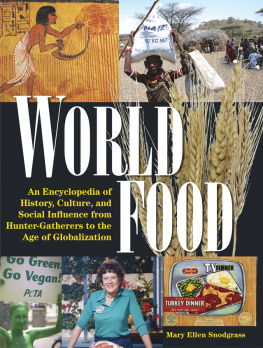
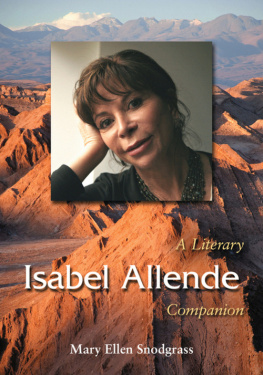
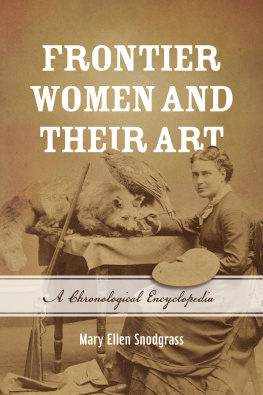
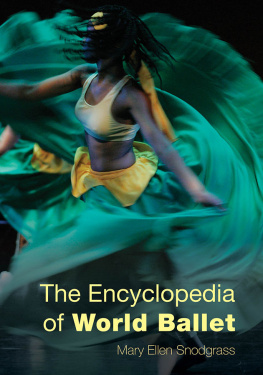


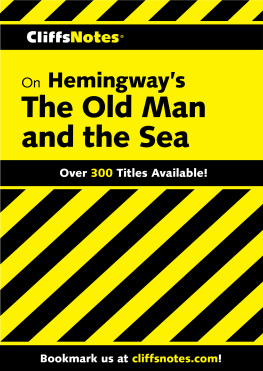

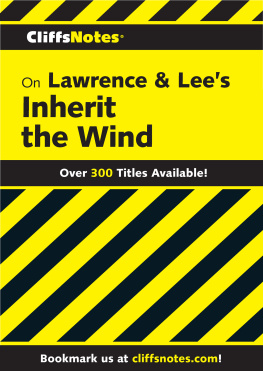
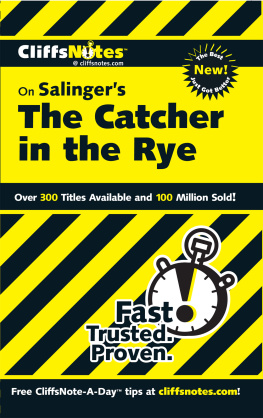





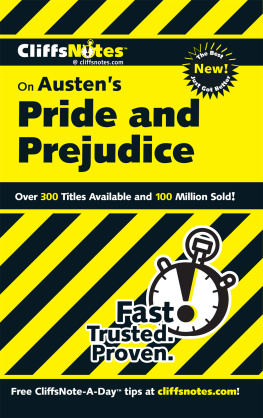
 Reveals the underlying themes in the work.
Reveals the underlying themes in the work. Helps you to more easily relate to or discover the depth of a character.
Helps you to more easily relate to or discover the depth of a character. Uncovers elements such as setting, atmosphere, mystery, passion, violence, irony, symbolism, tragedy, foreshadowing, and satire.
Uncovers elements such as setting, atmosphere, mystery, passion, violence, irony, symbolism, tragedy, foreshadowing, and satire. Enables you to appreciate the nuances of words and phrases.
Enables you to appreciate the nuances of words and phrases.